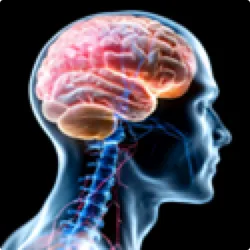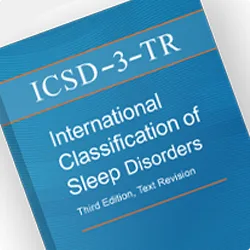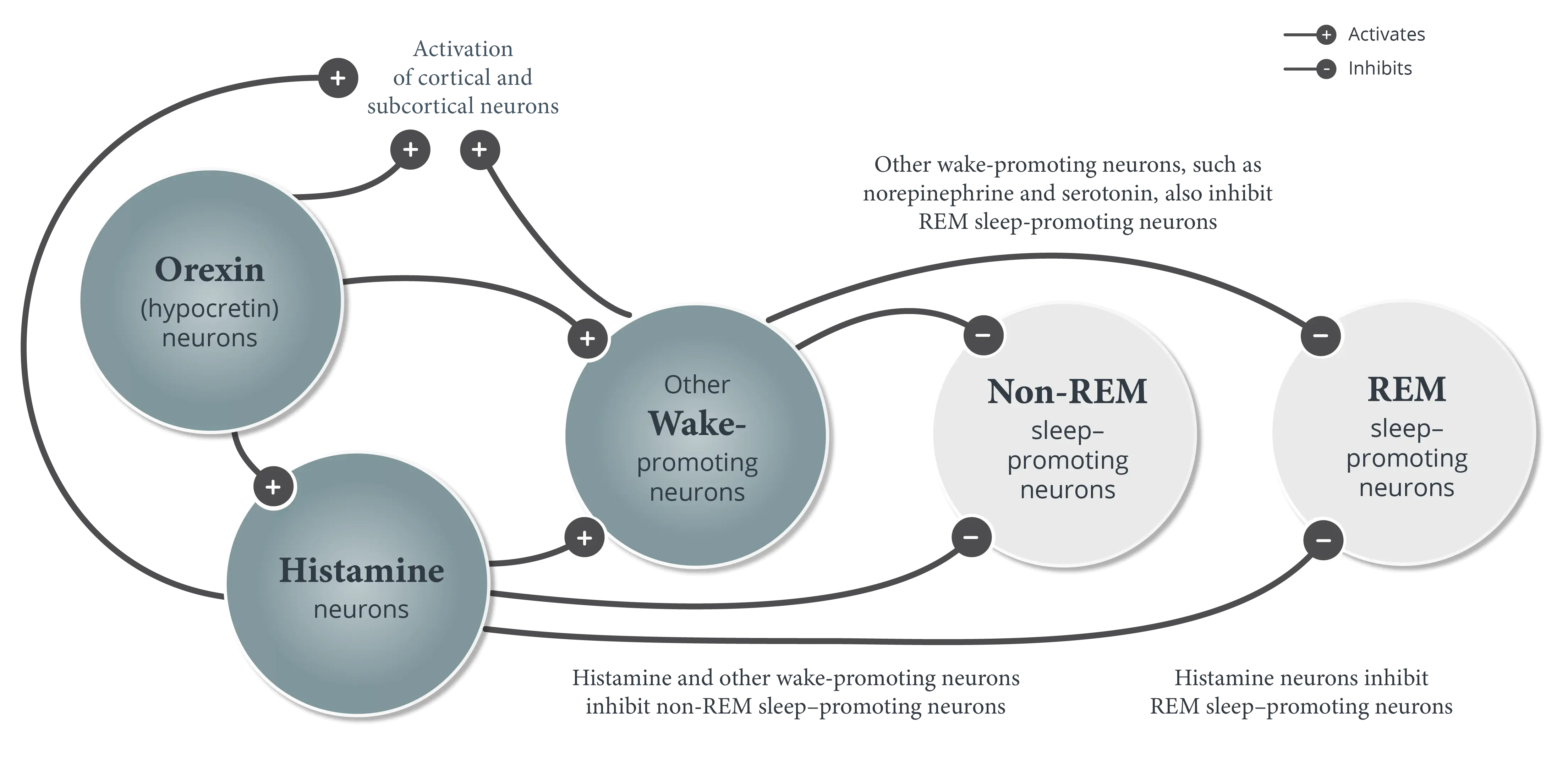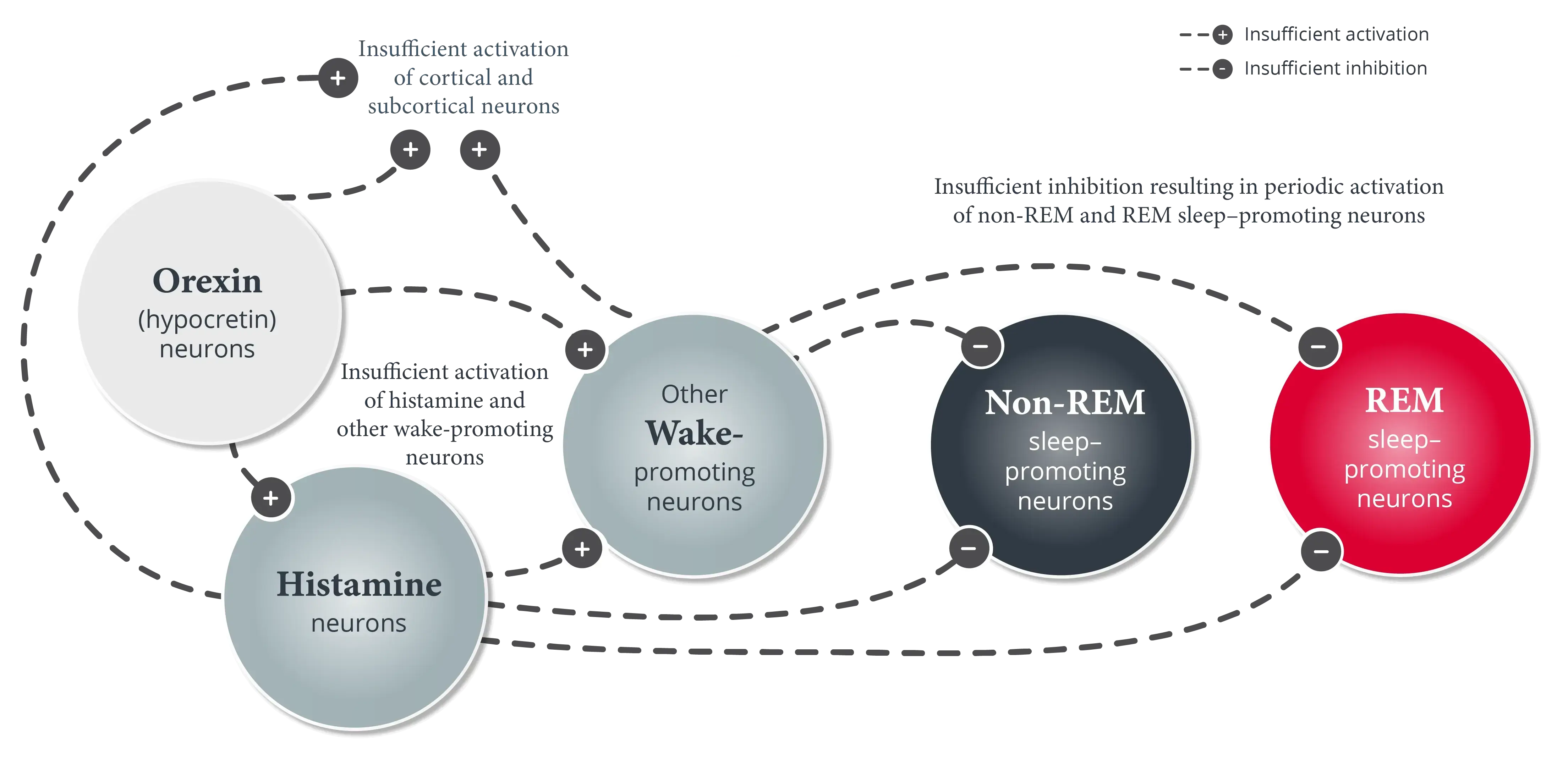

Narcolepsy Clinical Overview
This content was developed using the International Classification of Sleep Disorders, third edition, text revision (ICSD-3-TR) and other materials.
Narcolepsy Clinical Overview
This content was developed using the International Classification of Sleep Disorders, third edition, text revision (ICSD-3-TR) and other materials.
Overview
Narcolepsy is a disorder of the central nervous system that is characterized by excessive daytime sleepiness (EDS) and abnormal manifestations of REM sleep, the most common of which is cataplexy.1,2
Narcolepsy is a disorder of the central nervous system that affects the regulation of the sleep-wake cycle, leading to EDS and other signs of sleep-wake instability.1,2
Narcolepsy is classified into two subtypes. Narcolepsy type 1 is primarily characterized by EDS and signs of REM sleep dissociation, the most specific of which is cataplexy. Narcolepsy type 2 is characterized by EDS and signs of REM sleep dissociation on polysomnography (PSG)/a Multiple Sleep Latency Test (MSLT), but without cataplexy.1
EDS is often the first and most disabling symptom of narcolepsy. Patients may experience repeated sudden and uncontrollable episodes of sleep during the day, often during low-stimulation activities (eg, riding in a car or watching television).1 These episodes of sleep can last for a few minutes to several hours and may cause significant disruptions in work, social activities, and overall quality of life.1,2


The onset of cataplexy, which is a key feature of narcolepsy type 1, most often occurs upon or within 1 year of onset of EDS. The frequency, intensity, and manifestations of cataplexy can vary widely, ranging from mild episodes of muscle weakness or facial drooping to complete collapse.1
In addition to these features, patients may also report other symptoms, such as1:
- Hypnagogic hallucinations (vivid, dreamlike, sensory experiences that occur when falling asleep)
- Hypnopompic hallucinations (vivid, dreamlike, sensory experiences that occur when awakening)
- Sleep paralysis at transitions between sleep and wake
In adults, the presence of EDS along with either cataplexy or other abnormal REM sleep phenomena strongly suggests narcolepsy and warrants further evaluation. Diagnosis of narcolepsy is based on clinical criteria and supported by objective measures of sleepiness and signs of REM sleep dissociation.1
Further information on diagnostic criteria and differential diagnosis can be helpful when it comes to identifying narcolepsy.
References
- American Academy of Sleep Medicine. International Classification of Sleep Disorders. 3rd ed, text revision. American Academy of Sleep Medicine; 2023.
- Ahmed I, Thorpy M. Clinical features, diagnosis and treatment of narcolepsy. Clin Chest Med. 2010;31(2):371-381.
- Scammell TE. Narcolepsy. N Engl J Med. 2015;373(27):2654-2662.
- United States Census Bureau. U.S. and World Population Clock. Accessed February 26, 2025. https://www.census.gov/popclock









